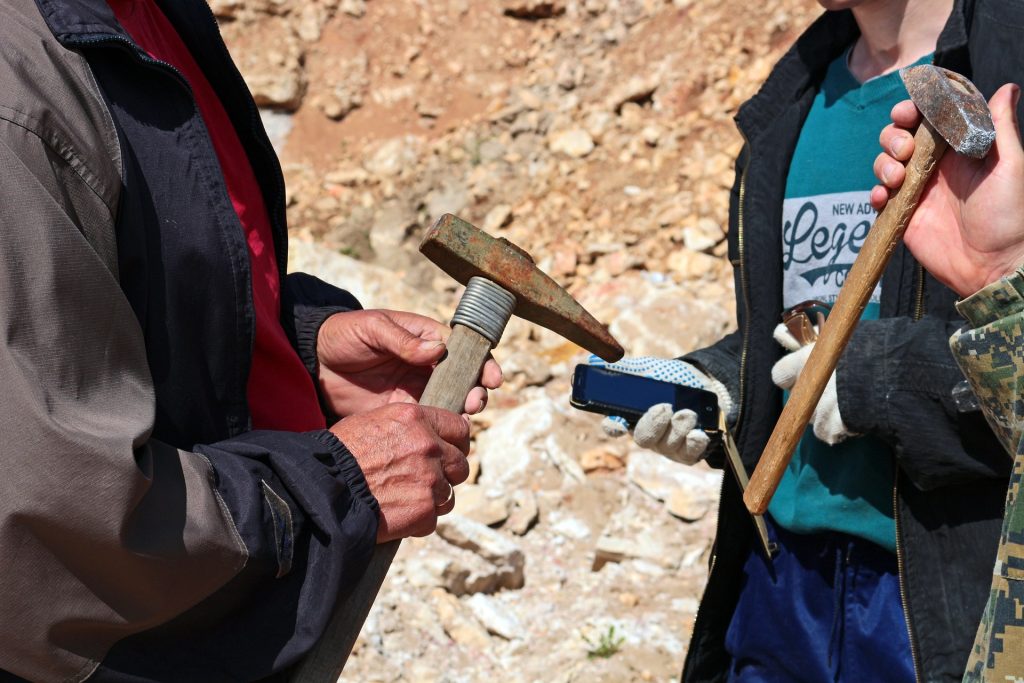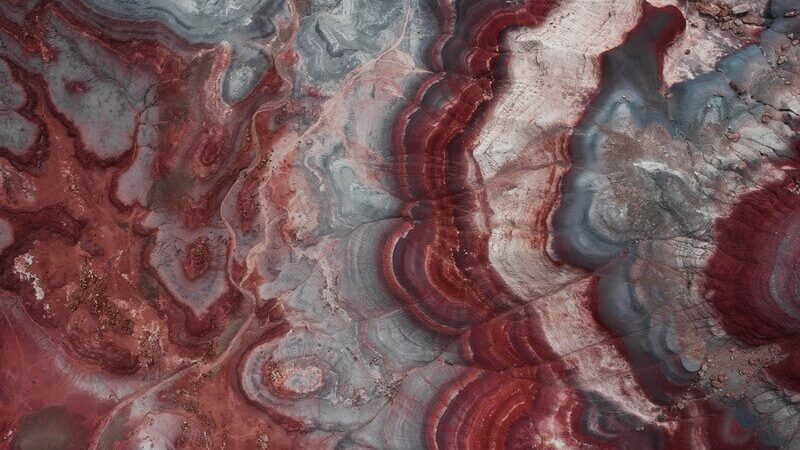Geology Helps Medicine to Understand Kidney Stones

Geology studies stones to help find minerals, predict earthquakes and more, but now their expertise has been tapped to understand kidney stones — how they form, why are some people more susceptible to them and can they be prevented?
In a new paper published in the journal Nature Reviews Urology, researchers described the geological nature of kidney stones, outlined the arc of their formation, introduced a new classification scheme and suggested possible clinical interventions.
“The process of kidney stone formation is part of the natural process of the stone formation seen throughout nature,” Illinois geology professor Bruce Fouke said. “We are bringing together geology, biology and medicine to map the entire process of kidney stone formation, step by step. With this road map in hand, more effective and targeted clinical interventions and therapies can now be developed.”
Kidney stones affect in 10 adults in their lifetime and send half a million people in the United States to emergency rooms annually, according to the National Kidney Foundation. Yet little is understood about the geology behind how kidney stones form, Fouke said.
The team’s previous research found that kidney stones form in the same way as regular stones do: they don’t crystallise all at once, instead going through cycles of partial dissolution and reformation. Doctors had previously believed that they form suddenly and intact.
The research team described in detail the multiple phases kidney stones go through in forming, dissolving and re-forming, using high-resolution imaging technologies. Their findings defy the typical classification schemes doctors use, which are based on bulk analyses of the type of mineral and the presumed location of formation in the kidney. Instead, the researchers drew up a new classification scheme based on the phase of formation the stone is in, and the chemical processes it is undergoing.
“If we can identify these phase transformations, what makes one step to go to another and how it progresses, then perhaps we can intervene in that progression and break the chain of chemical reactions happening inside the kidney tissues before a stone becomes problematic,” said lead author Mayandi Sivaguru, assistant director of core facilities at the Carl R Woese Institute for Genomic Biology at Illinois.
One particularly revelatory finding was in the very beginnings of kidney stone formation. The stones start off as microspherules, tiny droplets of mineral, which merge to form larger crystals throughout kidney tissues. They are normally flushed out, but when they merge together and form larger stones that continue to grow, they can become excruciatingly painful and even deadly in some cases, Fouke said.
“Stone formation is part of a natural, healthy process within kidneys where these tiny mineral deposits are shuttled away and excreted from the body,” Fouke explained. “But then there is a tipping point when those same mineral deposits start to grow together too rapidly and are physically unable to leave the kidney.”

As the stone goes through the formation process, more microspherules merge, lose their rounded shape and transform into much larger, perfectly geometric crystals. Stones go through multiple cycles of partially dissolving—shedding up to 50% of their volume—and then growing again, creating a signature pattern of layered crystals much like those of agates, coral skeletons and hot-spring deposits seen around the world.
“Looking at a cross-section of a kidney stone, you would never guess that each of the layers was originally a bunch of little balls that lined up and coalesced. These are revolutionary new ways for us to understand how these minerals grow within the kidney and provide specific targets for stone growth prevention,” Fouke said.
The researchers listed a number of possible clinical interventions and treatment targets derived from this extra knowledge on kidney stone formation. They hope that these options can be tried out, from drug targets to changes in diet or supplements that could disrupt the cascade of kidney stone formation, Sivaguru said.
To aid in this testing, Fouke’s group developed the GeoBioCell, a microfluidic cartridge that mimics the intricate internal structures of the kidney. The team hopes the device can contribute to research as well as clinical diagnostic testing and the evaluation of potential therapies, particularly for the more than 70% of kidney stone patients with recurring stones.
“Ultimately, our vision is that every operating room would have a small geology lab attached. In that lab, you could do a very rapid diagnostic on a stone or stone fragment in a matter of minutes, and have informed and individualized treatment targets,” Fouke said.
Source: University of Illinois
Journal information: Mayandi Sivaguru et al, Human kidney stones: a natural record of universal biomineralization, Nature Reviews Urology (2021). DOI: 10.1038/s41585-021-00469-x

